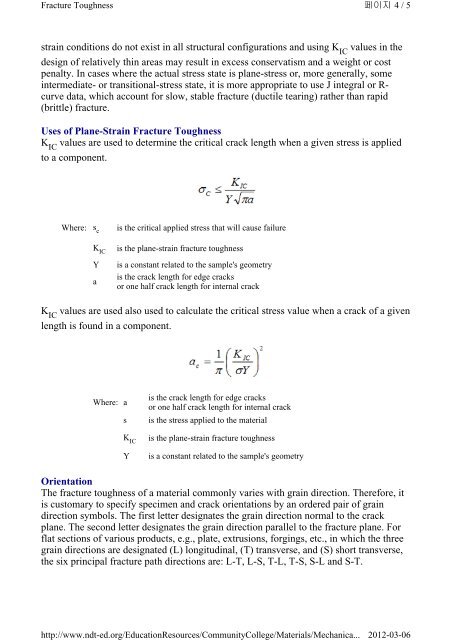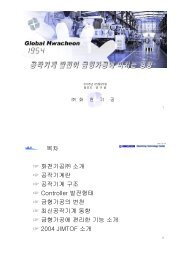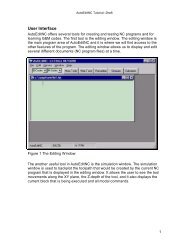Fracture Toughness
Fracture Toughness
Fracture Toughness
You also want an ePaper? Increase the reach of your titles
YUMPU automatically turns print PDFs into web optimized ePapers that Google loves.
<strong>Fracture</strong> <strong>Toughness</strong><br />
strain conditions do not exist in all structural configurations and using KIC values in the<br />
design of relatively thin areas may result in excess conservatism and a weight or cost<br />
penalty. In cases where the actual stress state is plane-stress or, more generally, some<br />
intermediate- or transitional-stress state, it is more appropriate to use J integral or Rcurve<br />
data, which account for slow, stable fracture (ductile tearing) rather than rapid<br />
(brittle) fracture.<br />
Uses of Plane-Strain <strong>Fracture</strong> <strong>Toughness</strong><br />
KIC values are used to determine the critical crack length when a given stress is applied<br />
to a component.<br />
Where: s c<br />
is the critical applied stress that will cause failure<br />
K IC is the plane-strain fracture toughness<br />
Y is a constant related to the sample's geometry<br />
is the crack length for edge cracks<br />
a<br />
or one half crack length for internal crack<br />
KIC values are used also used to calculate the critical stress value when a crack of a given<br />
length is found in a component.<br />
is the crack length for edge cracks<br />
Where: a<br />
or one half crack length for internal crack<br />
s is the stress applied to the material<br />
K IC is the plane-strain fracture toughness<br />
Y is a constant related to the sample's geometry<br />
페이지 4 / 5<br />
Orientation<br />
The fracture toughness of a material commonly varies with grain direction. Therefore, it<br />
is customary to specify specimen and crack orientations by an ordered pair of grain<br />
direction symbols. The first letter designates the grain direction normal to the crack<br />
plane. The second letter designates the grain direction parallel to the fracture plane. For<br />
flat sections of various products, e.g., plate, extrusions, forgings, etc., in which the three<br />
grain directions are designated (L) longitudinal, (T) transverse, and (S) short transverse,<br />
the six principal fracture path directions are: L-T, L-S, T-L, T-S, S-L and S-T.<br />
http://www.ndt-ed.org/EducationResources/CommunityCollege/Materials/Mechanica...<br />
2012-03-06
















